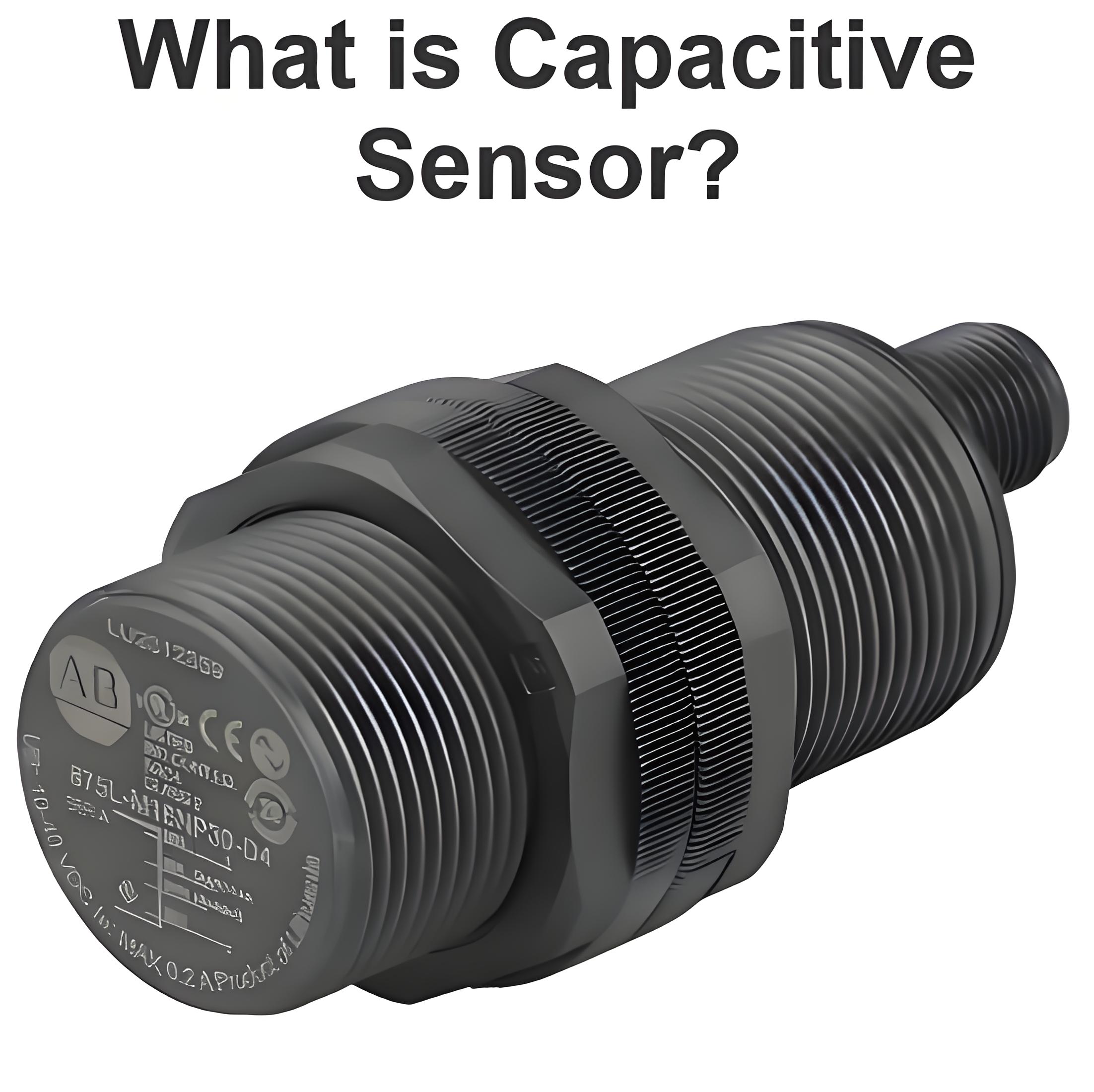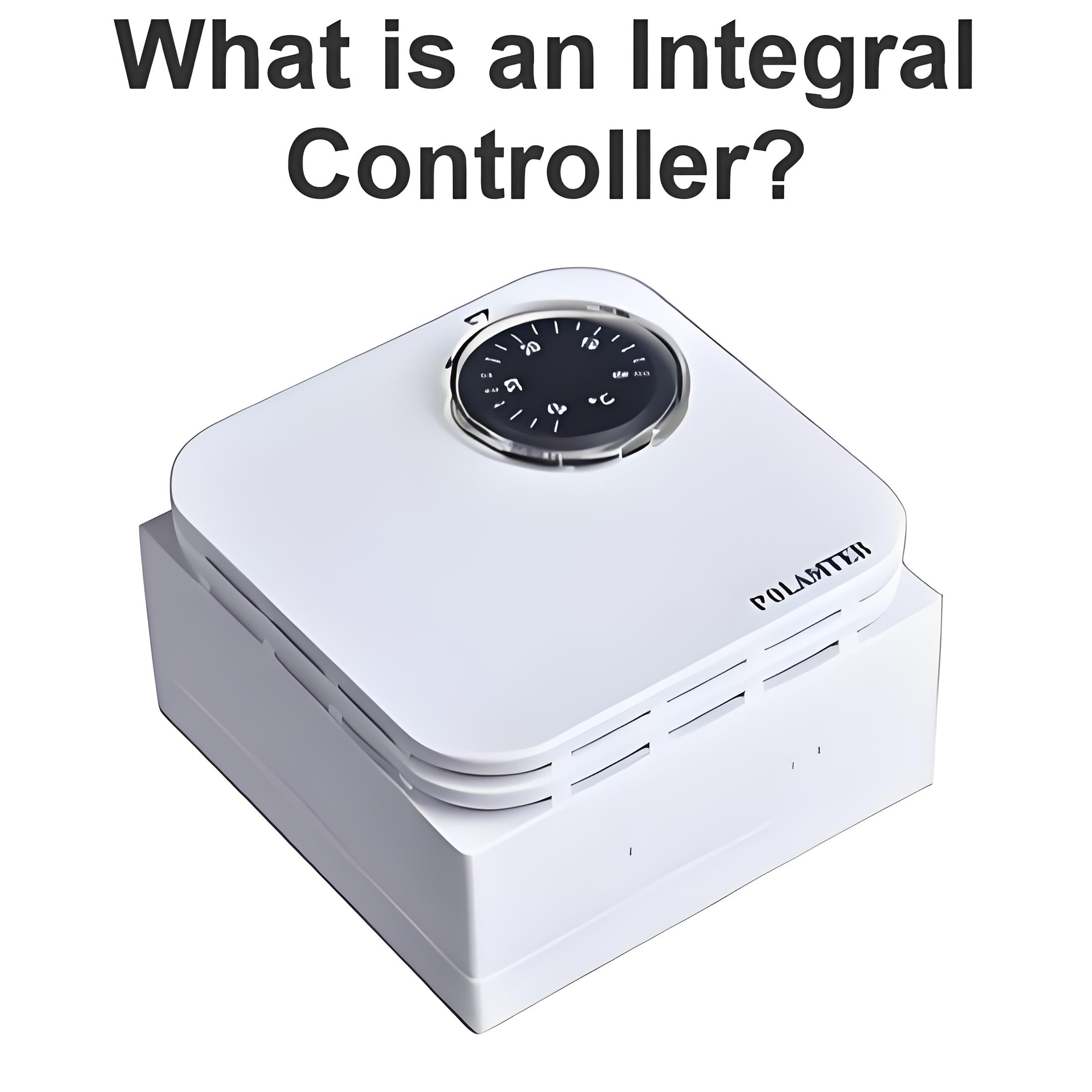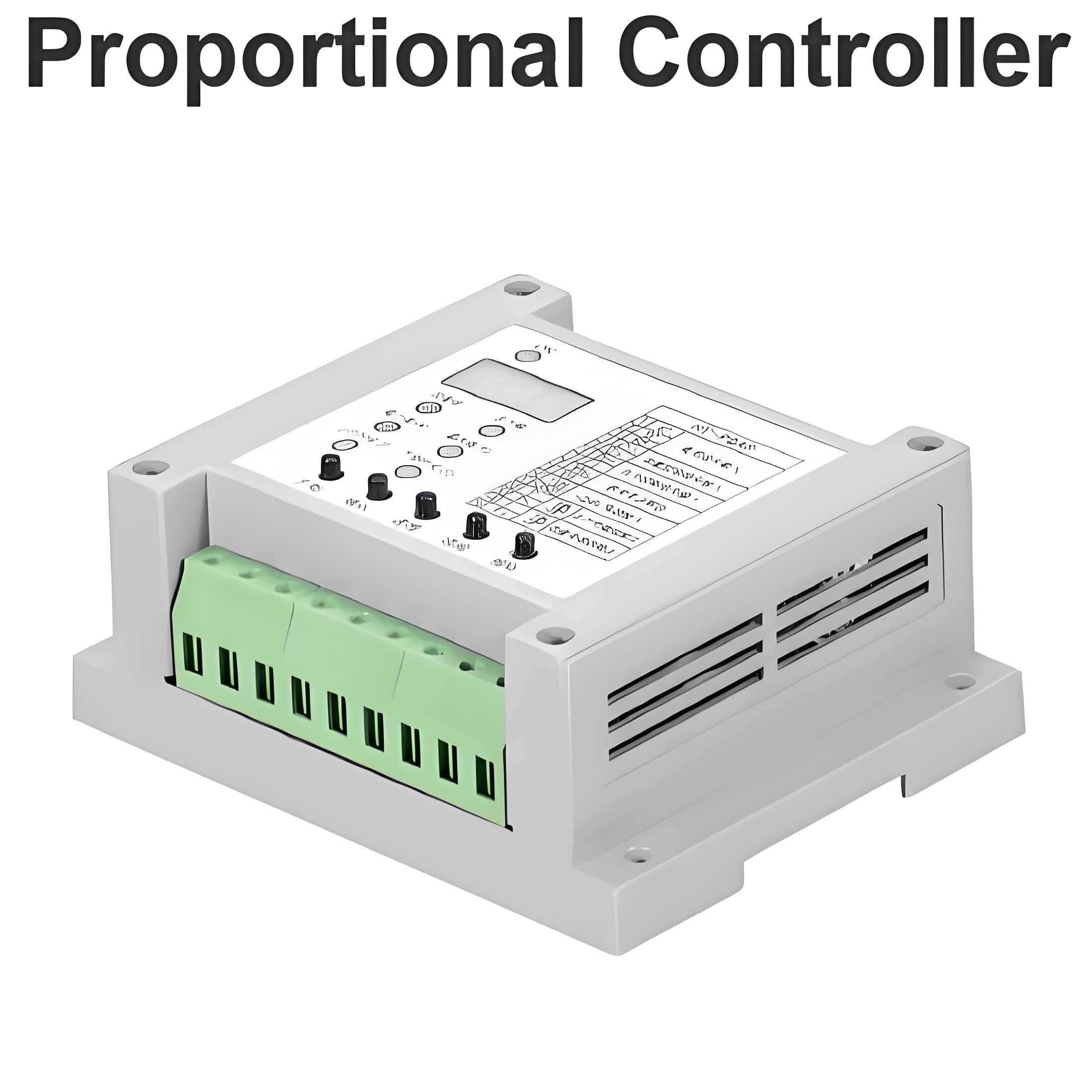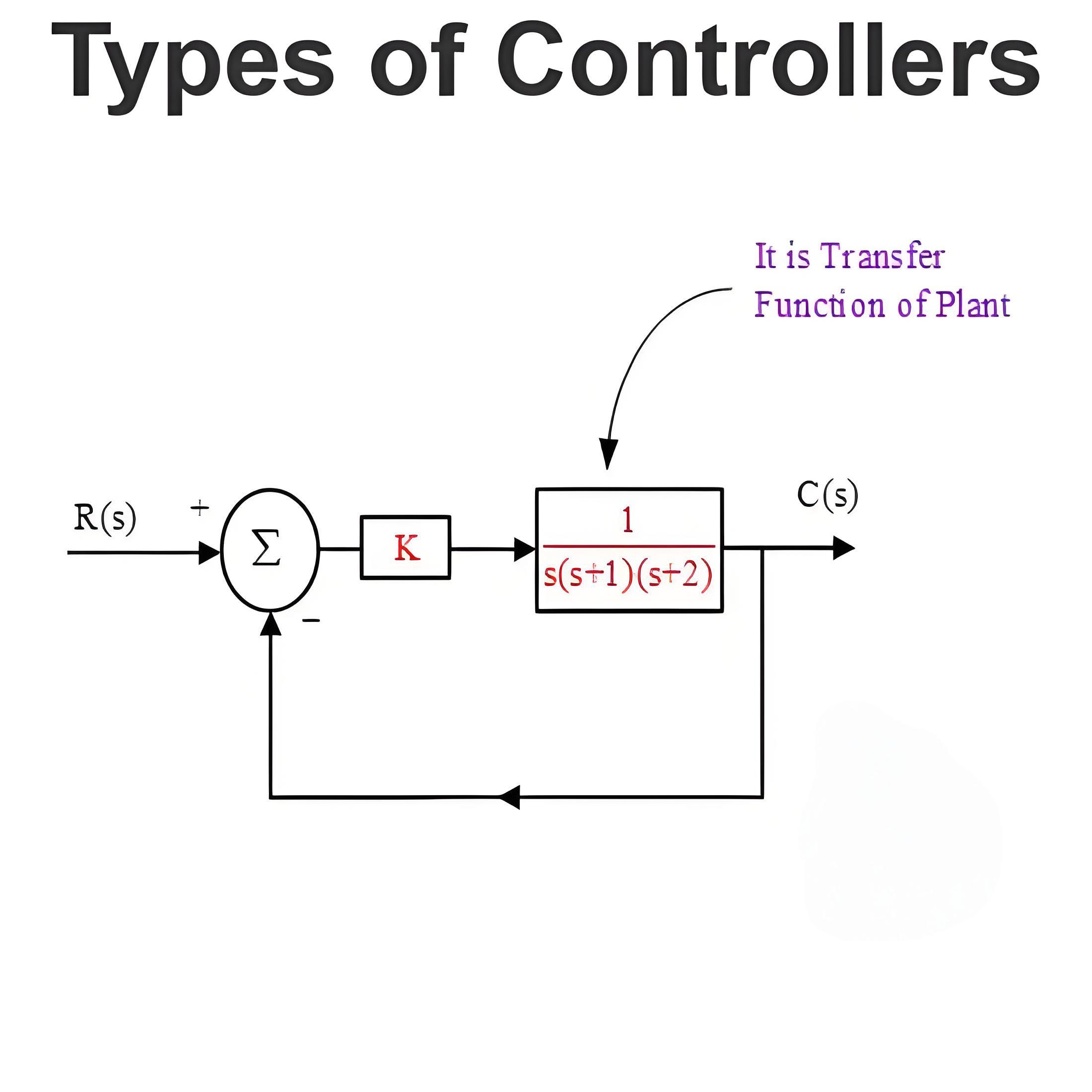What is Buchholz Relay in Transformer ?
What is Buchholz Relay in Transformer ?
Buchholz relay is a gas relay used in oil-immersed transformers to monitor the gas production inside the transformer, so as to detect possible faults inside the transformer.
How Buchholz relays work
The Buchholz relay works on the basis of the gas produced when the transformer fails internally. When overheating or discharge failure occurs inside the transformer, gas is produced. These gases will rise and pass through the top of the tank into the oil storage tank (oil pillow). In this process, the gas must pass through the Buchholz relay.
Light gas protection: When the gas is slowly produced, the float in the relay will rise as the oil level rises, triggering the light gas protection and usually issuing an alarm signal.
Heavy gas protection: When the gas is produced rapidly, a large amount of gas will speed up the oil flow rate, impact the baffle in the relay, trigger the heavy gas protection, the relay will operate and cut off the power supply of the transformer.
Disposition
Installation Location: The Buchholz relay is installed in the pipe between the transformer tank and the oil storage tank.
Baffle and float: A baffle and float are provided inside the relay to detect gas generation.
Contacts: Contacts inside the relay are used to trigger alarm signals or cut off power.
Exhaust valve: Used to remove gas from inside the relay for maintenance or to remove air after installation.
Maintenance
Periodic check: Check the operating status of Buchholz relays regularly to ensure that they are working properly.
Cleaning: Regularly clean the inside of the relay to remove accumulated gas or dirt.
Exhaust: Periodically open the exhaust valve to discharge the gas inside the relay.
Check: Periodically check the relay to ensure that its operating threshold is correct.
Matters needing attention
Installation position: Ensure that the relay is installed in the proper position to detect gas effectively.
Contact status: Check the status of the contact to ensure that the contact is clean and in good contact.
Cable connection: Make sure the cable connection between the relay and the control system is strong and correct.
Safety operation: When performing maintenance or inspection, follow the safety operation rules to ensure the safety of personnel.
Advantage
Fault detection: Timely detection of faults within the transformer, such as overheating or discharge.
High reliability: Reliable fault detection through simple mechanical structure.
Easy maintenance: Simple structure, easy maintenance and calibration.
Restrict
Misoperation: Misoperation can occur under certain conditions, such as fluctuating oil levels or unstable oil flow.
Sensitivity: May not be sensitive enough for minor faults.
Maintenance and verification
Periodic check: The Buchholz relay is checked regularly to ensure that its performance meets the requirements.
Simulation test: Perform simulated fault test to verify the response ability of the relay.
Maintenance of baffles and floats: Check the status of baffles and floats regularly to ensure that they operate flexibly.
Welcome to our electricity community! Established to facilitate the exchange and cooperation in the electricity industry and bridge professionals, enthusiasts, and related enterprises.





